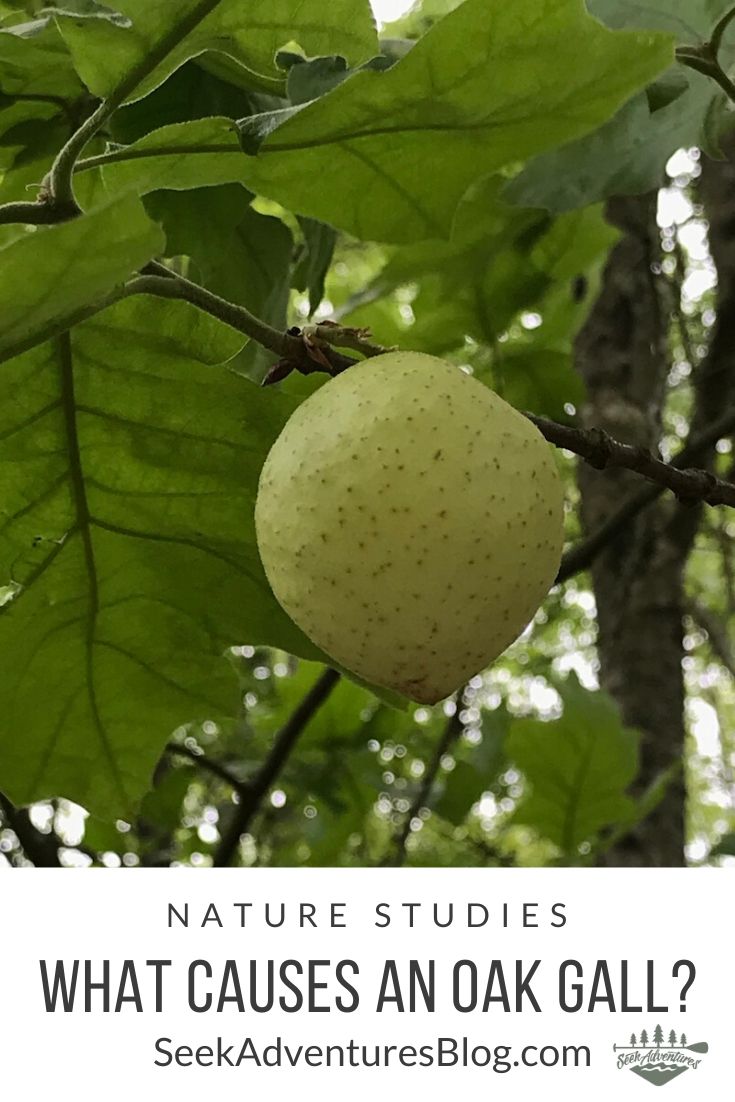I’ve seen many oak galls over the years but never really gave them much thought until recently when a friend posted a picture of one on social media wondering about what they were. It was an excellent opportunity to spend some time in the woods hunting for them and to learn a bit more about them. Let’s uncover the mystery of an oak gall!
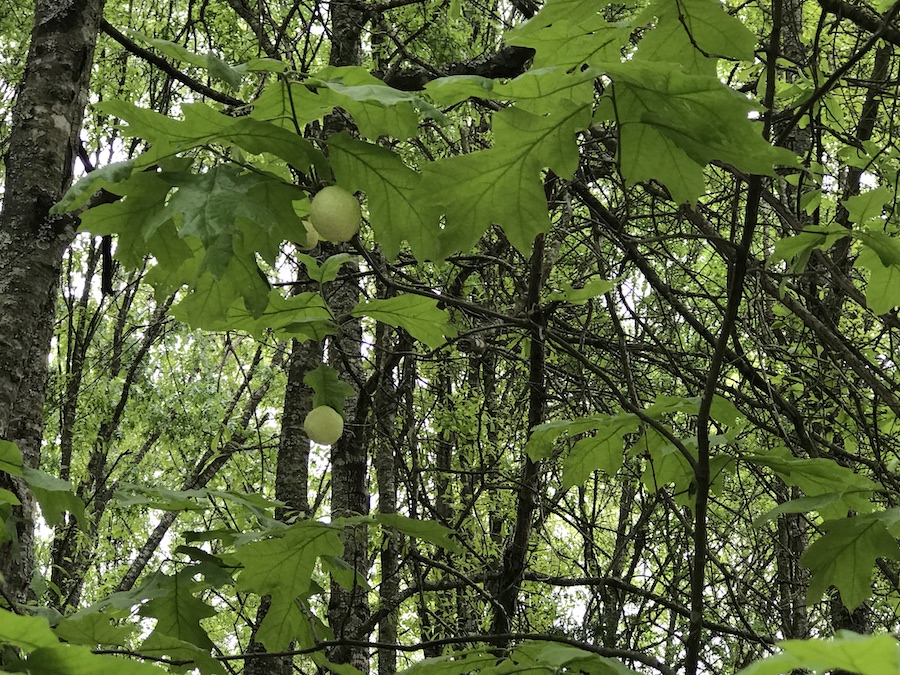
What is an Oak Gall?
Oak Galls are sometimes also referred to as oak apples or potatoes. There are actually several types of leaf galls, but the ones I am talking about today are 1-2 inches in diameter and range in color from green to brown and even pink depending on the time of year.
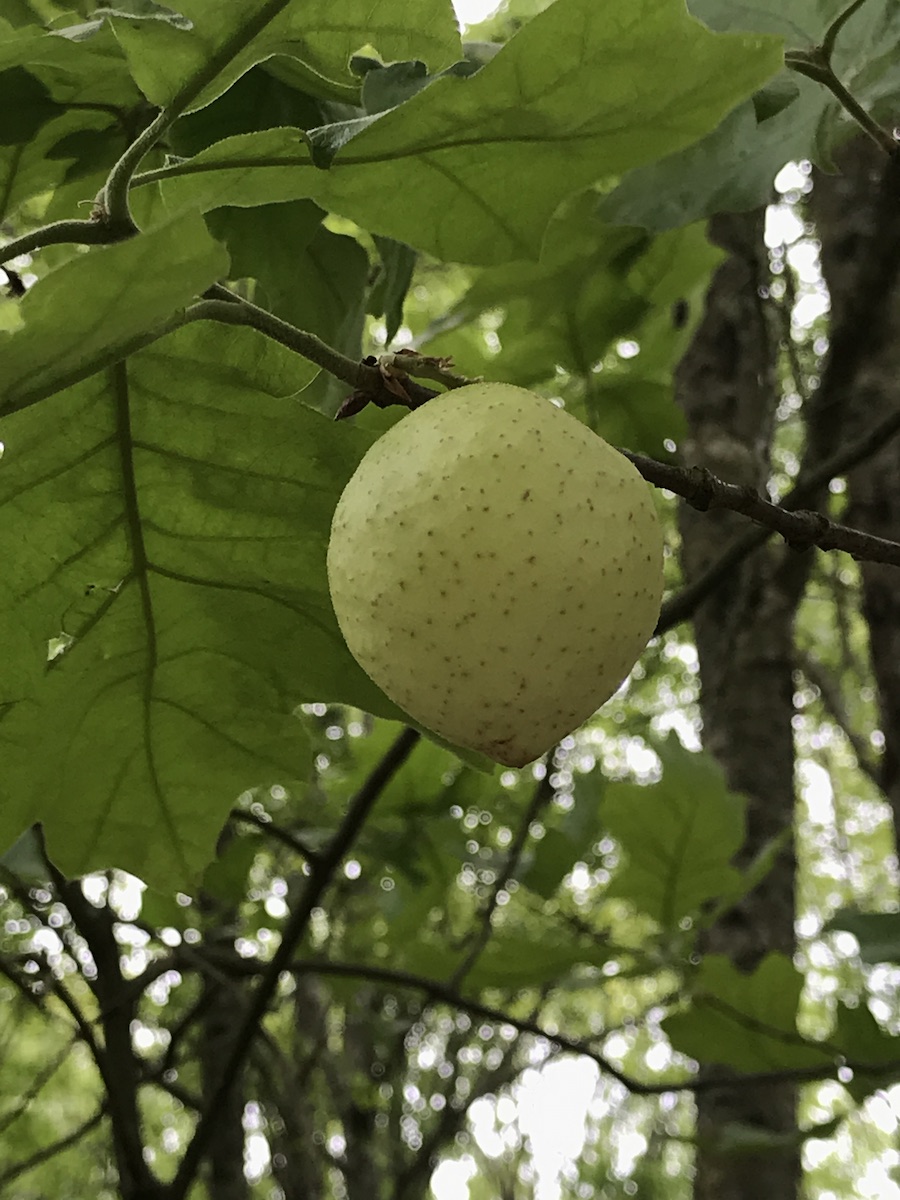
What Causes an Oak Gall?
You might assume that an oak gall is some kind of fruiting body on an oak tree. You might also believe it is some kind of deformation on the leaves. Both would be great guesses, but the actual cause is truly fascinating.
These large oak galls are actually caused by a type of wasp called a gall wasp. Gall wasps are actually a family of wasps that, in North America, contains over 800 individual species. When the wasp lays its egg on the leaf, a reaction occurs which allows the gall to form. It is not entirely understood scientifically how this process happens.
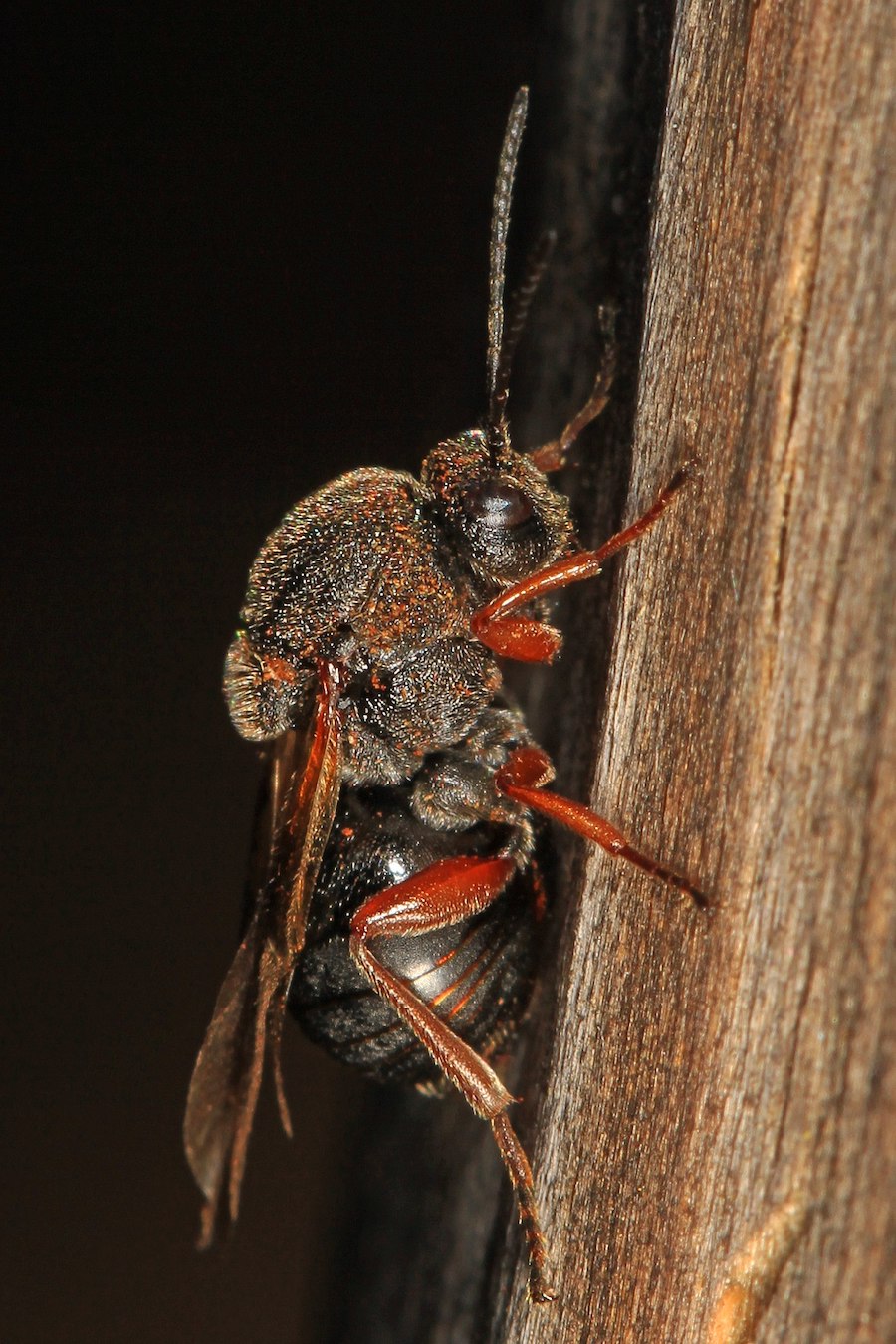 Gall Wasp photo by Judy Gallagher, CC BY 2.0 via Flickr
Gall Wasp photo by Judy Gallagher, CC BY 2.0 via Flickr
Are There Other Types of Galls?
There are actually hundreds of different insects that can produce galls. Gall wasps use the leave, but other insects will lay them on twigs, other parts of the tree, and various species of trees and plants altogether.
Are Galls Harmful to the Tree?
Generally speaking, galls are not harmful to the tree. However, a large infestation of them throughout a single tree could cause some stress to the tree, which could lead to damage, but overall they are just a neat aspect of the lifecycle of nature.

What’s Inside an Oak Gall?
Inside of each gall is a hard “nut” with a single wasp larva inside. The gall will keep it safe throughout the entire development cycle until it emerges as a full-grown wasp! When the wasp is mature, it will bore a small hole into the side of the gall to escape. Inside the gall, you will find the larval chamber, which may contain a gall wasp larva. This will be surrounded by nutritive tissue.
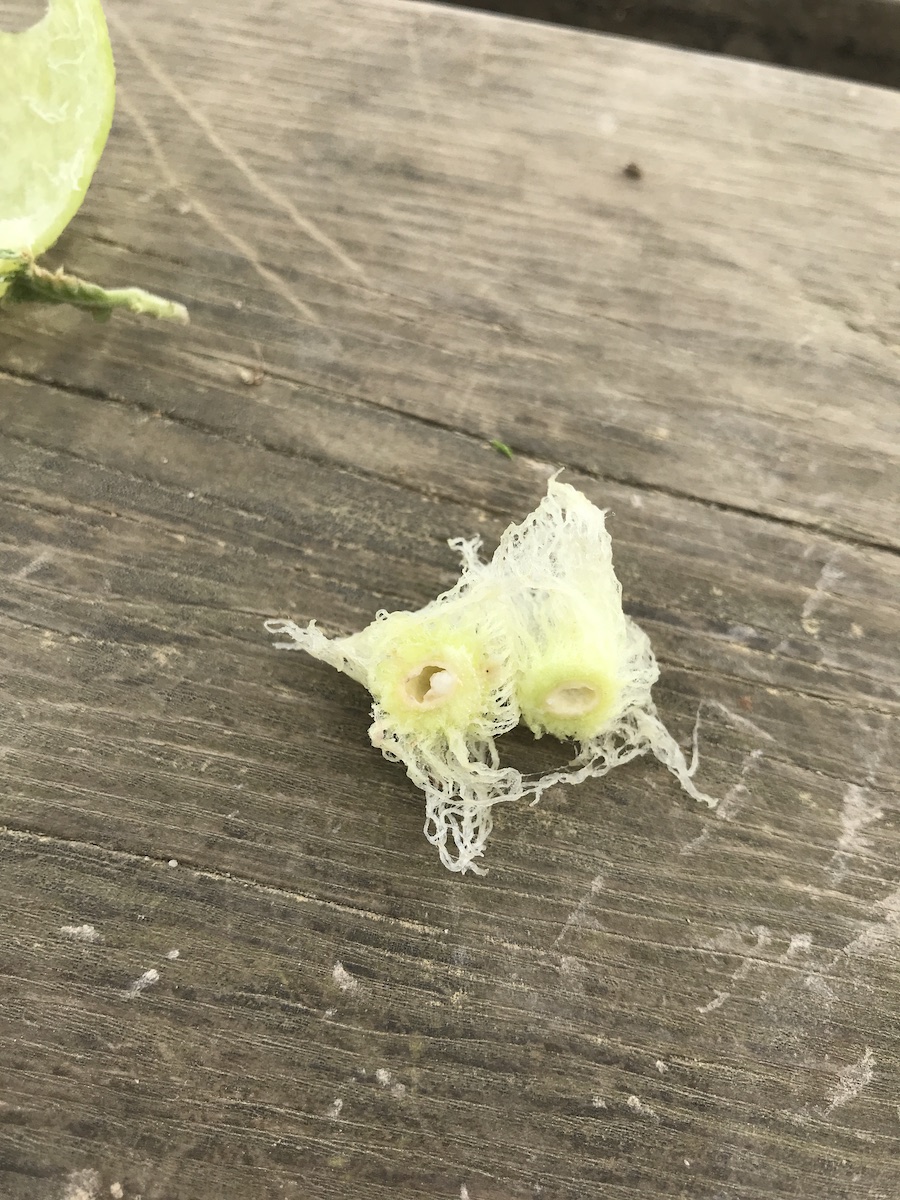
Learn More About Oak Galls
What are Oak Apple Galls?
Entomology – Common Oak Galls
Oak Apple Galls
Read Next
Hunting Morels
Watershield (Brasenia schreberi) – A Native Aquatic Plant
Caterpillars Sting
Pin this Oak Gall post to Pinterest to save it for later.
